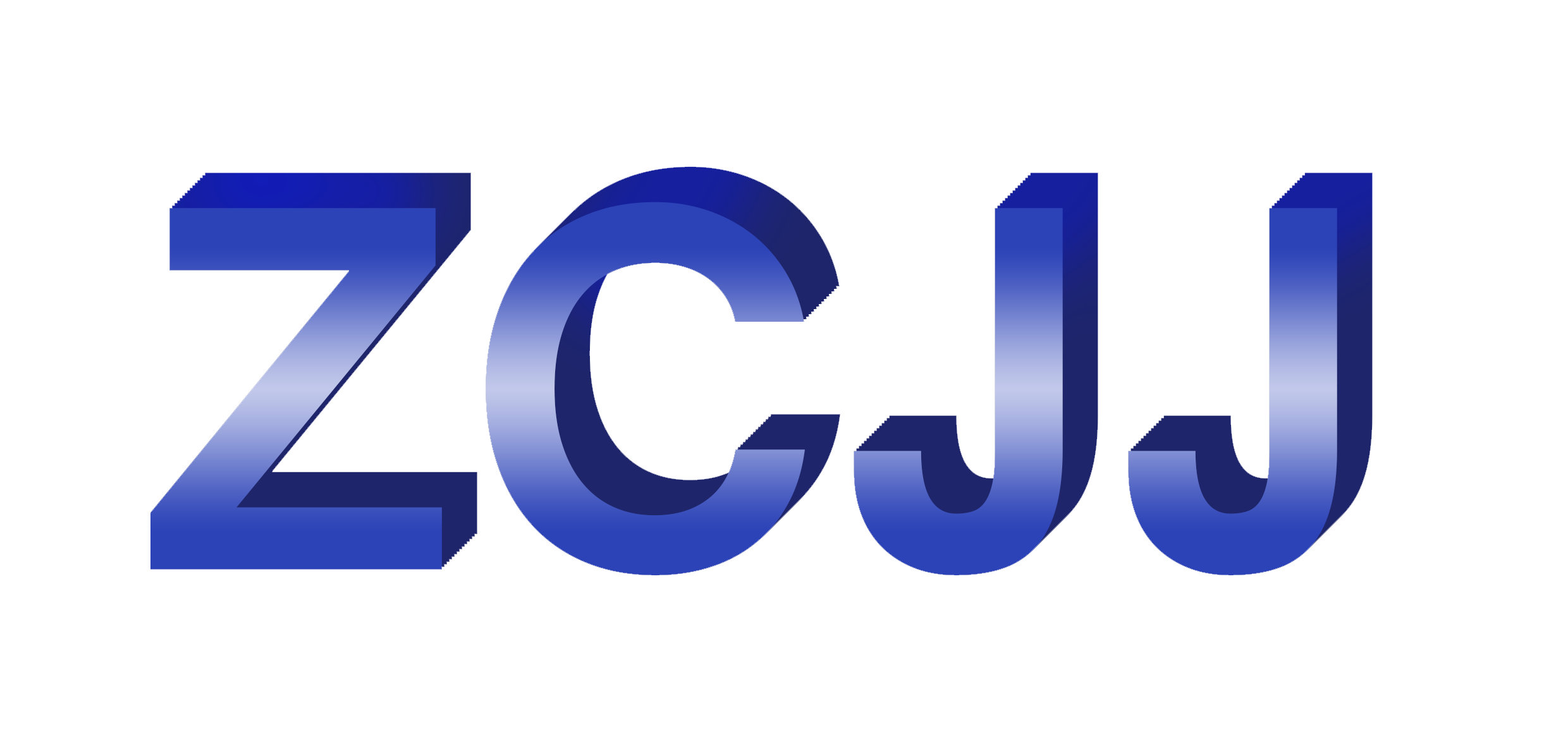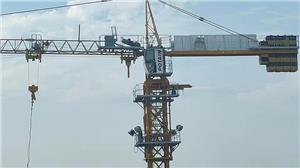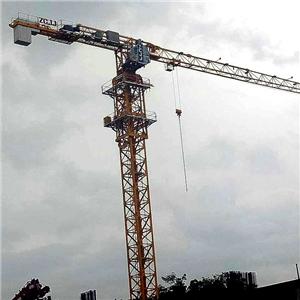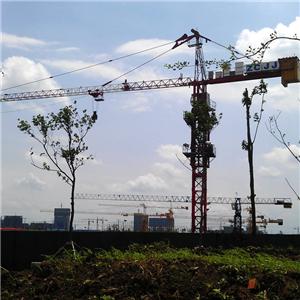L68B3 Mast Section Common problems, hazards and corresponding solutions of tower crane
During construction, common problems, hazards and corresponding solutions of tower crane. Our tower crane manufacturer, in view of the common safety problems and possible problems in the use of tower cranes in construction projects, puts forward solutions, hoping to play a positive role in the safety management of construction projects.
L68B3 Mast Section:
http://www.towercranesupply.com/product/l68b3-mast-section-for-tower-crane-masts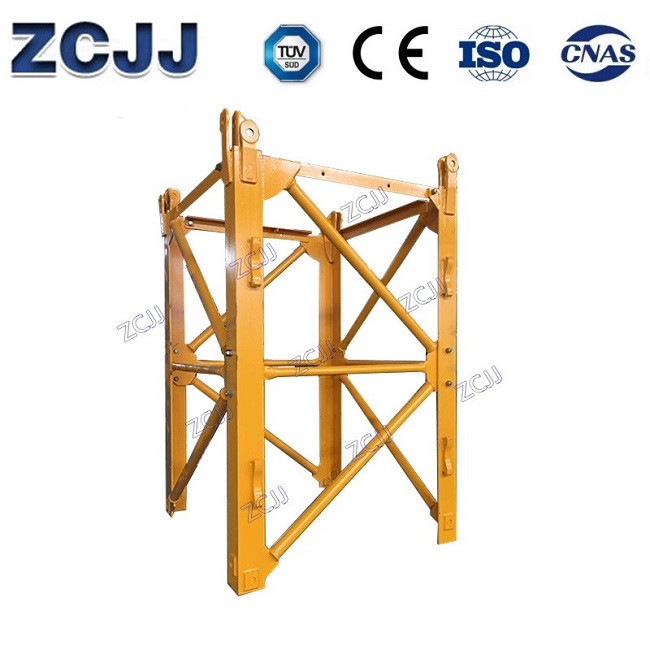
1. Tower crane foundation
Common fault: serious foundation water accumulation.
Cause problems: due to the strong corrosion of waste water on the construction site, the material and weld of tower crane foundation, anchor bolt, foundation joint or cross beam will be eroded strongly after ponding, and the long-term ponding will inevitably affect the safety of tower crane. At the same time, the accumulated water is not conducive to the daily monitoring of the pre tightening force of the foundation bolts, foundation joints and cross beam connecting bolts of the tower crane.
Solution: the tower crane foundation shall be provided with drainage ditch and water well, and the drainage shall be smooth or timely extracted.
2. Pre tightening force of connecting bolt of standard section
Common fault: the connection bolt of standard section is loose or the pre tightening force fails to meet the requirements.
L68B3 Mast Section:
http://www.towercranesupply.com/product/l68b3-mast-section-for-tower-crane-masts
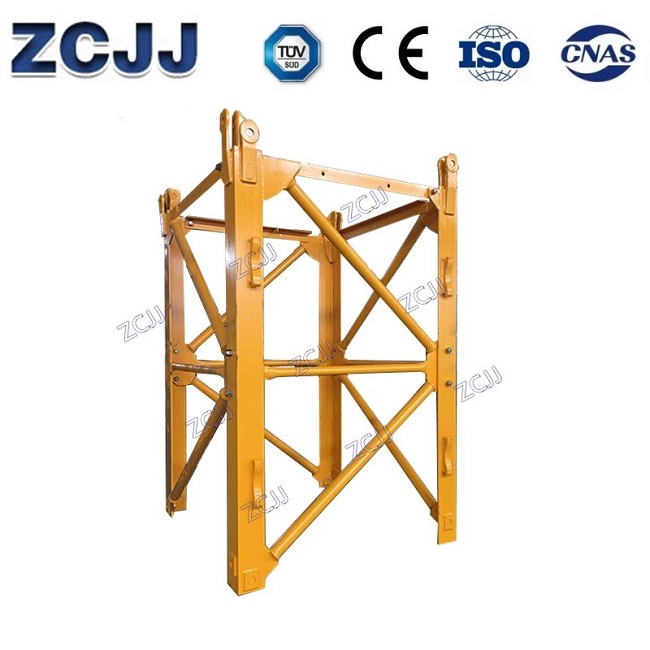
Cause problems: the transmission of tower crane force mainly depends on the main chord. The transmission of the main chord force is realized by the pretension of the high-strength connecting bolt. The pre tightening force can not meet the requirements and can only be borne by the connecting bolts. As a result, the tower crane not only bears the tension but also bears the shear force in the use process. However, the shear resistance of high-strength connecting bolts is poor, which may lead to fracture of connecting bolts and tower collapse.
Solution: use a special torque wrench to tighten the bolts to make the pre tightening force meet the requirements (such as the bolt pre tightening force of M30 is 368kn, and the pre tightening torque is 1800n · m). Do a good job in daily inspection, and tighten in time in case of looseness. Here we need to remind you: after the use of high-strength connecting bolt pairs, they are disassembled and reused, generally not more than twice. The bolts shall be maintained and inspected. If necessary, the bolts shall be subject to flaw detection. The bolts can only be used after they are qualified.
3. Cotter pin setting of pin shaft
Common problems: the setting of cotter pin is not standardized, mainly including: (1) the cotter pin is too small, (2) the cotter pin is not opened or the opening degree is not enough, (3) the cotter pin is replaced by iron wire or welding electrode, (4) the cotter pin is severely rusted.
Lead to the problem: because the strength of the cotter pin or the strength of the substitute fails to meet the requirements, the cotter pin is often cut under the axial force of the pin shaft. The cotter pin without opening or with insufficient opening is easy to fall off in use, and the pin shaft without opening pin will break off automatically in use, which will cause a major accident of arm folding. For example, the QTZ80 tower crane used in a Jiayuan construction site was broken.
Solution: the cotter pin shall be set and installed in strict accordance with the requirements of the instruction manual. It cannot be replaced by a smaller cotter pin, iron wire or welding electrode. Before installation, the corrosion degree and opening degree of the cotter pin that has not been removed shall be checked to avoid the difficulty and safety risk of replacement after installation. After installation, both sides of the cotter pin shall be opened to 90 °.
4. Safety limit device
Common problems: (1) safety limit device does not work, (2) safety limit device is not sensitive, (3) artificial short circuit or removal.
Lead out the problem: Although there was no problem at that time, the safety limit device did not work and buried a major potential safety hazard. Long term overload operation causes fatigue of metal structure and shortens the life of tower crane.
Solution: the qualified tower crane has been tested, and its safety limit device has basically passed the commissioning, so the project department and the operator can not dismantle and adjust it at will. At the same time, daily check the integrity of the limit device.
5. Quality of operators
Common problems: (1) the quality of operators is not high (with certificate and incompetence), (2) operation without certificate.
Lead to the problem: due to the low quality of the operator, the sense of responsibility is not strong. The frequent accidents of tower crane operation are related to the illegal operation and skills of operators.
L68B3 Mast Section:
http://www.towercranesupply.com/product/l68b3-mast-section-for-tower-crane-masts
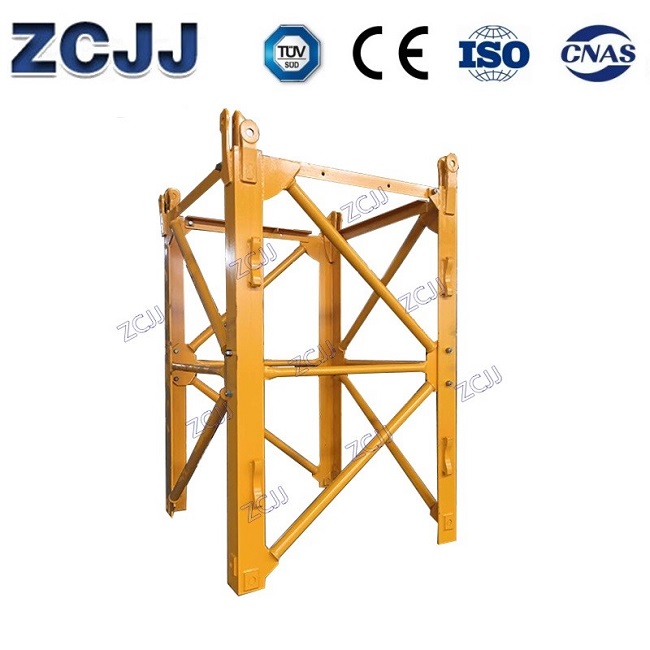
Solution: special operation personnel shall be trained in theory and practice strictly, and they can take up their posts only after passing the special examination. At the same time, we should strengthen the supervision of operators. Work in strict accordance with the operating procedures, and stop working without certificate.
